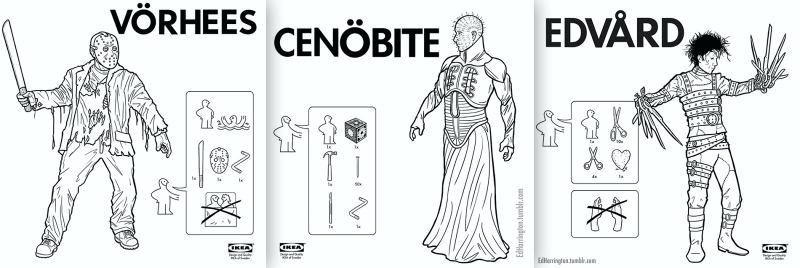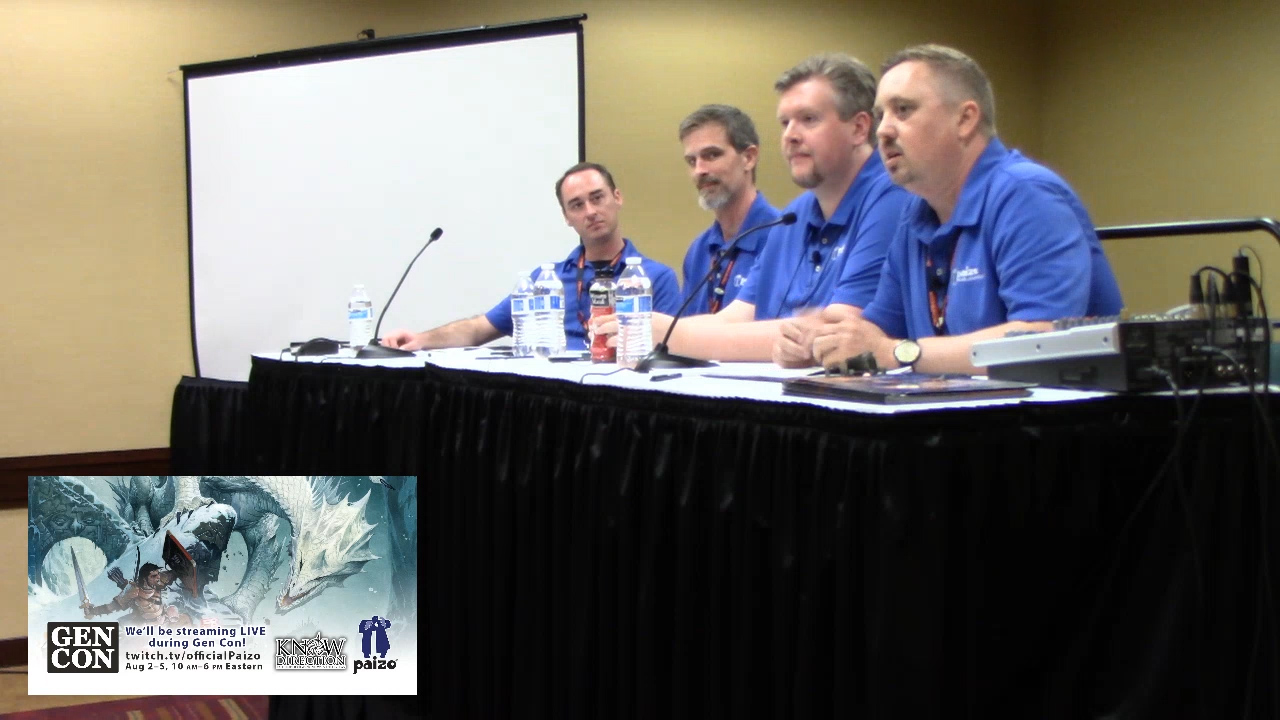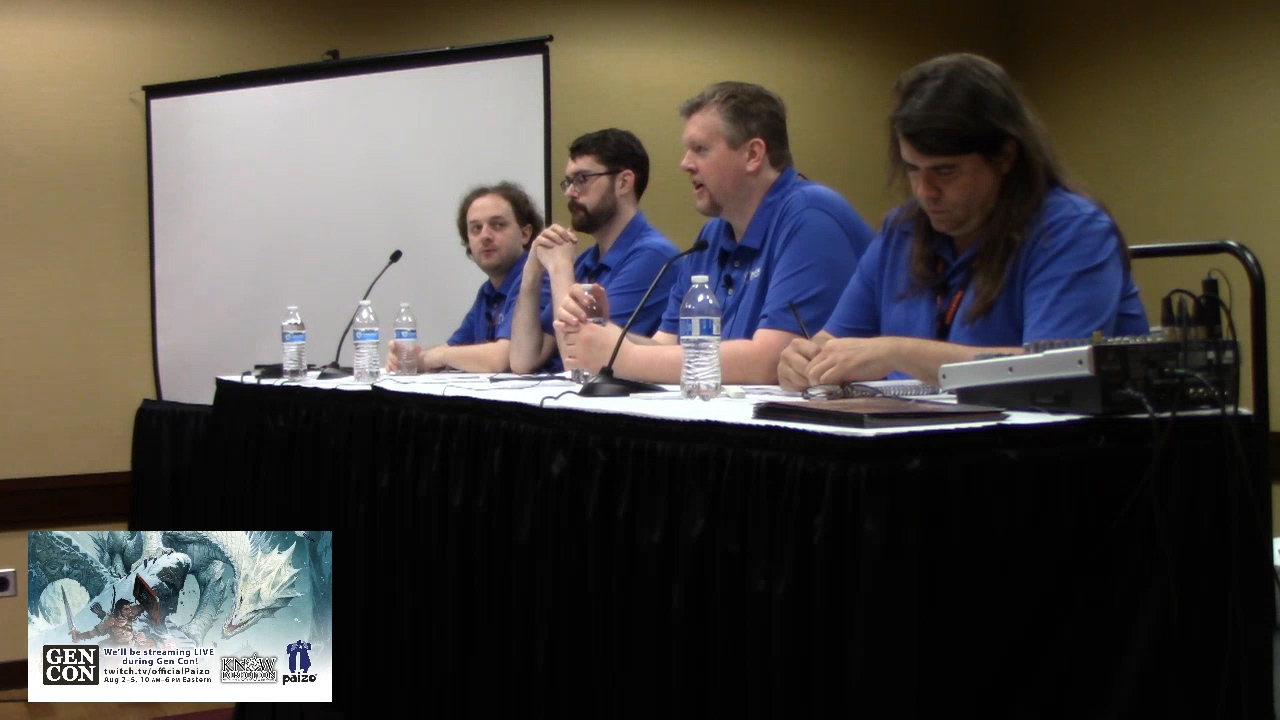In prior Craft (Adventure) segments we talked about selecting encounters across the adventure and making sure there is a good deal of variety. This week, I want to look at how to create an individual encounter that plays well at the table and is truly memorable. We’re specifically going to talk about how to make a great solo encounter.
Action Economy
When the PCs are going up a lone creature, such as the BBEG, one of the things stacked against them is action economy. The PCs are going to get 4 or more full rounds worth of actions to take them down and your boss only has 1 round. One of the easier ways to deal with this is to “just add more creatures,” but then it’s not a solo encounter. If you do take this tactic, consider using very low level enemies that can still aid another and hamper movement by blocking squares. A CR 2 kobold warrior 3 is no match for a level 7 barbarian, but they don’t want to spend time fighting eight of them when there’s a blue dragon breathing lightning down at them. They’re speed bumps, to be sure; however, those speed bumps can make a fight feel more epic and delay the barbarian from getting to the dragon. When the sorcerer roasts a dozen of them with fireball, it’s going to be a very satisfying feeling. If you’re using 3rd party products, consider the underlings special rule by Minotaur Games. These make throw away monsters much easier to manage.
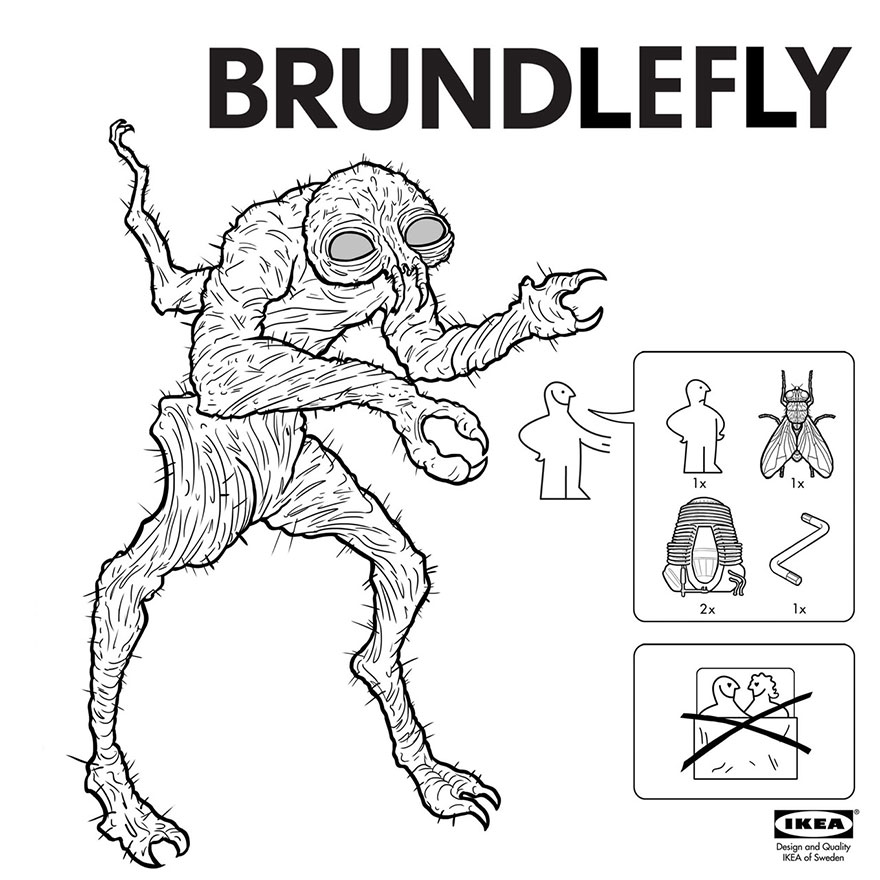 If you want a truly solo encounter with just 4 to 6 PCs against a single bad ass creature, you need to find a creature that can make each standard and full-round action count. Dragons are perfect examples as they have multiple natural attacks, spells, frightful presence, and a breath weapon that can all take maximum advantage of their single turn each round to keep the PCs sweating. Look for creatures with area of effect abilities such as spells, auras and gaze attacks. You can find a variety of creatures with these sorts of creatures such as allips, bodaks, and medusas.
If you want a truly solo encounter with just 4 to 6 PCs against a single bad ass creature, you need to find a creature that can make each standard and full-round action count. Dragons are perfect examples as they have multiple natural attacks, spells, frightful presence, and a breath weapon that can all take maximum advantage of their single turn each round to keep the PCs sweating. Look for creatures with area of effect abilities such as spells, auras and gaze attacks. You can find a variety of creatures with these sorts of creatures such as allips, bodaks, and medusas.
Rare Abilities
Creatures with a rare universal monster ability can throw a party for a loop, making a big solo fight feel more interesting. As mentioned above, gaze attacks and auras are great multi-target abilities that aren’t super common. Creatures that use darkness, paralysis, ability damage and negative levels will often force PCs into new tactics and a different way of dealing with dangers. Use those to enhance a fight and make a solo creature truly scary.
Distraction not Destruction
One of the pitfalls of a solo encounter can be to select a creature with the capability to dish out massive amounts of damage. Though throwing heaps of damage against the PCs is scary, it can potentially be deadly and lead to not only a dead PC but a TPK. Consider selecting creatures with debilitating status effects such as exhaustion and nausea instead of enough dice to kill a healthy PC in one attack. A nauseated creature can recover the next round and continue the fight, a dead PC cannot. Both will cause the party to panic as their fighter is exhausted and the wizard is too sick to cast spells.
Specific tactics can also draw out a fight and make it seem more epic. While sundering the cavalier’s lance is quite effective, disarming it and throwing it down a ravine is also effective without breaking the PC’s favorite toy. Tripping a melee character can make their attacks less effective, drawing out the fight. If you blast them with an empowered firestorm, there may not be any PCs left to carry on the fight. A TPK in one round is no fun, the PCs barely managing to scrape out a win after 5-10 rounds of combat can feel like a well fought victory.
HP not AC
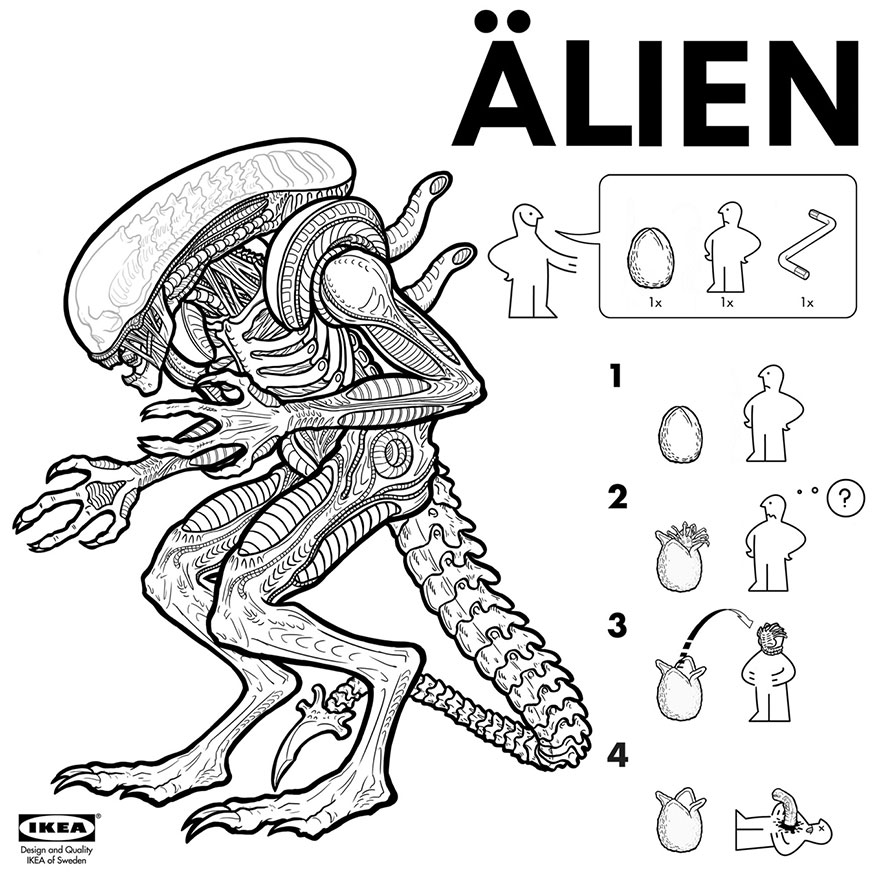 When it comes to defenses, multiple small victories can feel more satisfying than one large victory. A creature with high AC and low hit points might seem like fun, but when a martial character misses most of their attacks, it can feel pointless to keep attacking. I remember sitting at a table with a duel wielding slayer who rolled a 19 with their first attack… and missed. They said, “well, the rest of these attacks are pointless,” and tossed the remaining attack dice back into their dice tray, feeling disheartened.
When it comes to defenses, multiple small victories can feel more satisfying than one large victory. A creature with high AC and low hit points might seem like fun, but when a martial character misses most of their attacks, it can feel pointless to keep attacking. I remember sitting at a table with a duel wielding slayer who rolled a 19 with their first attack… and missed. They said, “well, the rest of these attacks are pointless,” and tossed the remaining attack dice back into their dice tray, feeling disheartened.
A creature with moderate AC and high hit points can feel tough but not impossible. If the PCs continue to deal damage but not take down the creature, it feels like a really powerful creature without making it feel invulnerable. GMs are also more comfortable adjusting a creature’s hit points on the fly rather than their defenses. If a party is having trouble against a creature with high hit points, the GM can artificially lower the monster’s hit points during the encounter to allow the PCs to succeed and the PCs will never know the difference. If the GM lowers the bosses AC half way through the battle, the PCs are going to notice.
Traps, Hazards, and Terrain
Include a trap or hazard in your encounter space, if possible. This can change up the fight and give both your boss and the PCs some tactical options in combat. If there is lava, a flying boss may retreat over it so it can heal itself or cast ranged spells. A zone where fire damage is always maximized makes tactics such as bull rush and reposition more interesting options.
“They Have a Great Personality”
After crafting your encounter, make sure your big monster has some personality. If they’re sentient and capable of communication, perhaps they like to taunt the PCs during the battle. Even a creature with little to no intelligence can show a bit of personality by having a large scar from an encounter with other adventurers, a unique coloration, or a rare template that makes them memorable. A tyrannosaurus is frightening, but a t-rex with the fey creature template is something to talk about at the next game day.

